After two weeks of sugar, this past week was a pleasant change of pace. Raw food, Ayurveda and fish were the focus, with all of us looking forward to a much needed day off on Friday.
Raw food is food that has not been raised above 48C. That is, it is not cooked. Many also consider that raw food should contain no animal products or contain no grain. We ate our way through sprouted buckwheat granola, macadamia cheese balls, and a variety of crackers. Raw cucumber and avocado soup was followed by raw pies, which from all reports were quite good. I missed out on those as they contain honey, which I cannot eat. My favourite were the bounty bars, a mixture of dates and coconut that were shaped, dipped in raw chocolate and frozen.
Ayurveda is an ancient system of natural healing that has its origins in India. It provides guidelines for ideal daily and seasonal routines, diet and behaviour. Our day was a very brief introduction to the principles through the making of a meal. Whilst the meal was being prepared we talked about the awareness that went into the making of the meal, such as not including mustard seeds as they generated heat. It was a warm day so mustard would not be appropriate for inclusion in the meal. We feasted on aduki and lentil curry, homemade paneer with spinach, capsicum and spices, lemon pickle, raita and some fantastic chapatis and parathas.
Wednesday and Thursday were all about fish, with each day starting in the Seafresh shop at Innaloo Shopping Centre. It was quite interesting to consider all the produce in the shop, and to view how the produced changed each day depending on the availability of fish. We learnt how to select the freshest fish by looking at the eyes. Fresh fish have bulging, clear eyes. A cloudy or sunken eye indicates a slightly older fish.
Over the two days we had a number of discussions about sustainability and aquaculture. Whilst we often think that aquaculture is the best option, natural West Australian fish stocks are actually in a very good state. A significant amount of work has been put into the commercial fisheries over the past 25 years and you can buy any wild caught local species without concern.
Aquaculture however, is not as wonderful as we all think. All salmon from Australia is farmed. There are significant issues associated with effluent, antibiotics and even the food that the salmon are fed. I love salmon, but have come to realise this past week that sustainably and environmentally there are better options available. I just need to gorge myself on wild caught salmon when next in the Northern Hemisphere.
I had a few first’s this week. I filleted a fish for the first time, I shucked my first oyster and I finally ate sashimi, which actually tasted a whole lot better than I thought it would. I’m not sold on ceviche, but you can’t like everything.
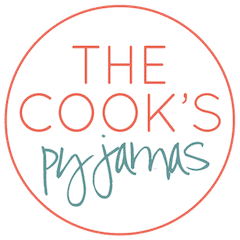
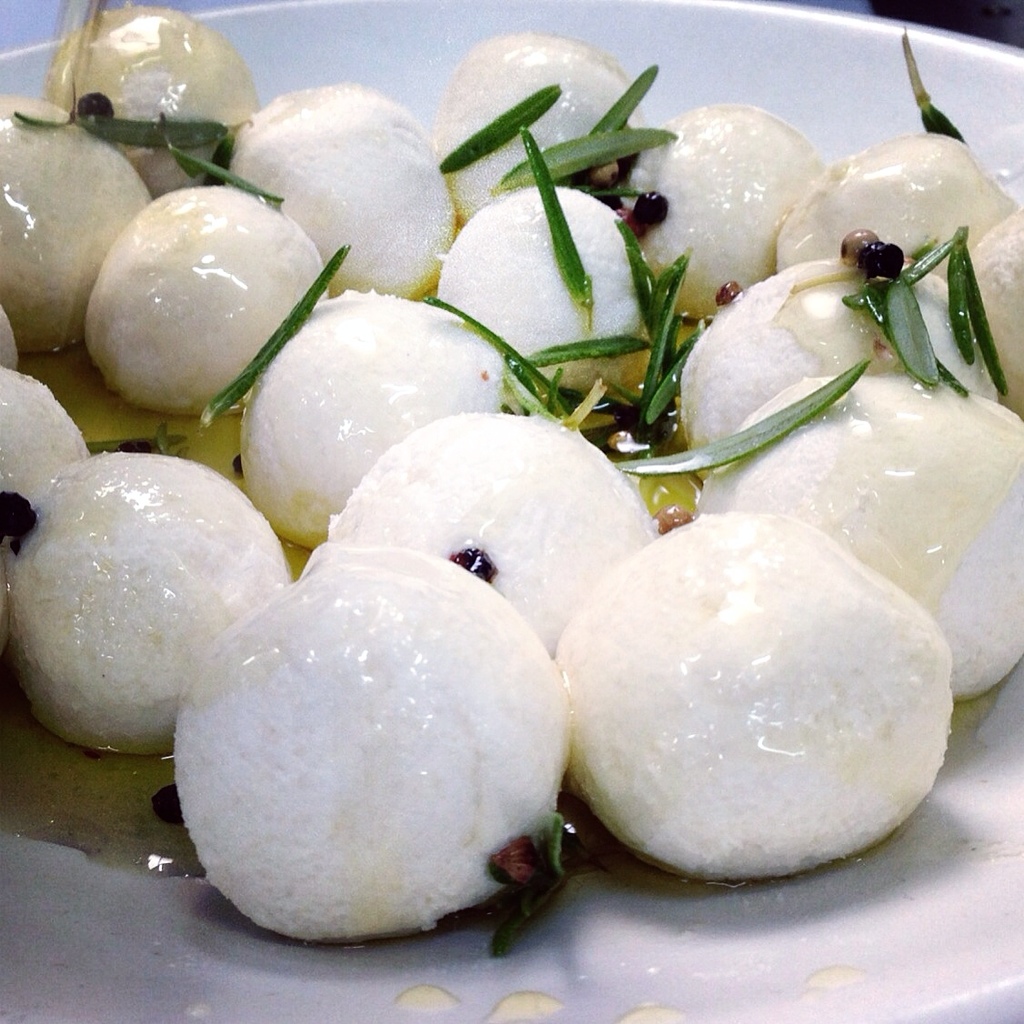
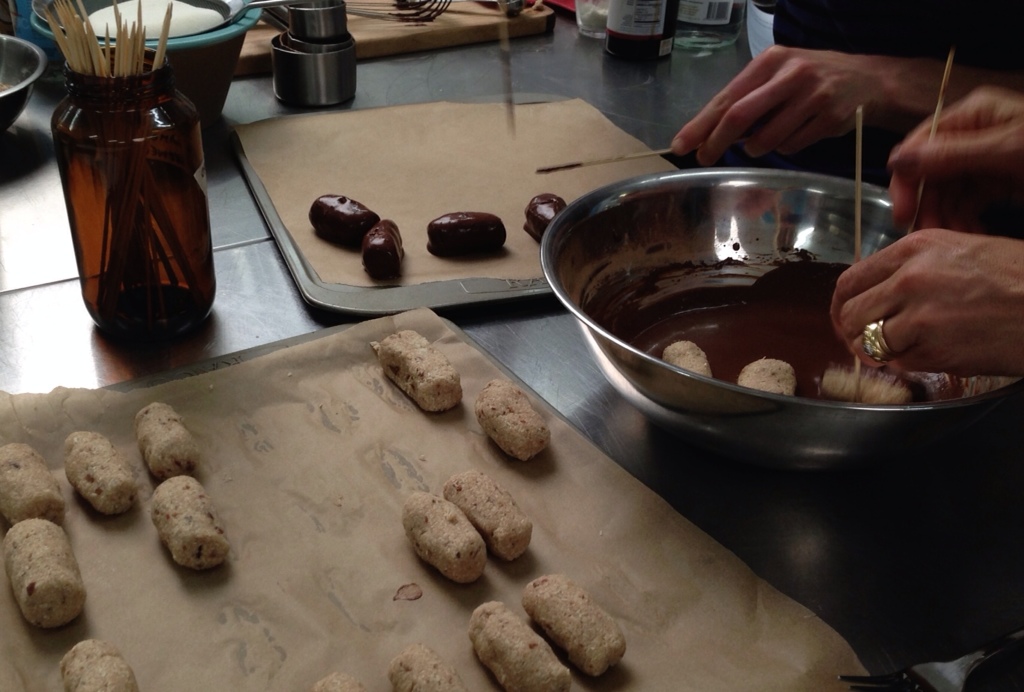
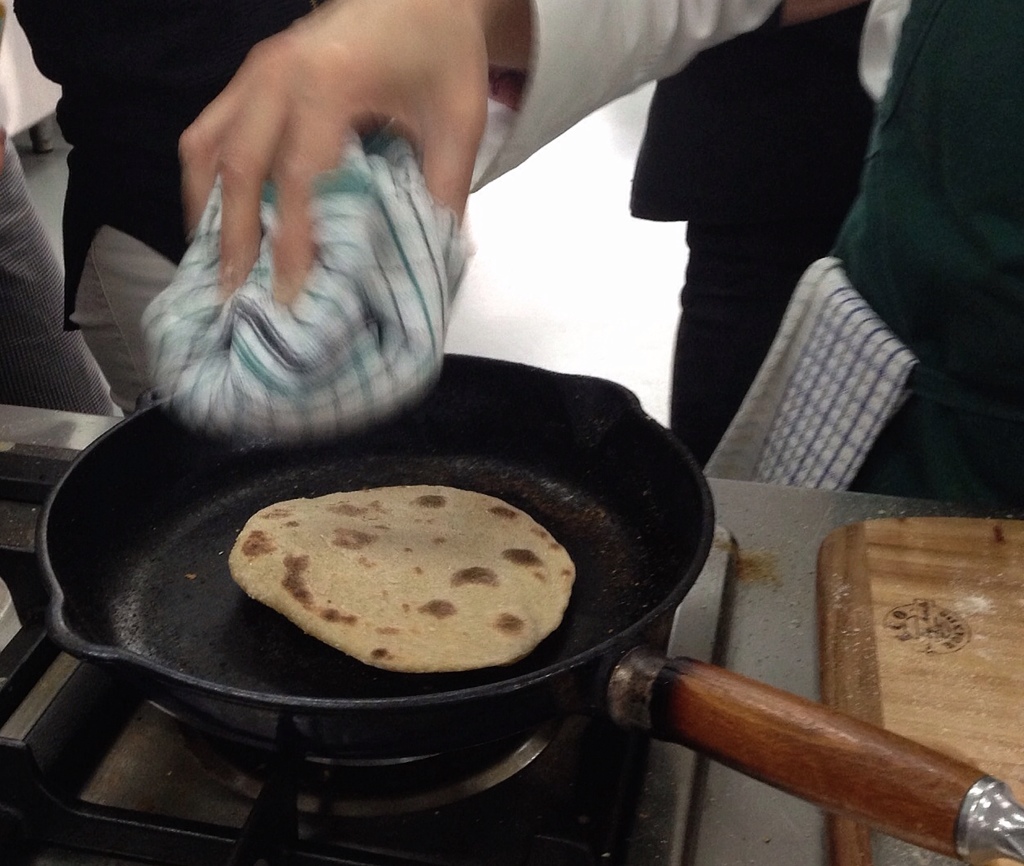
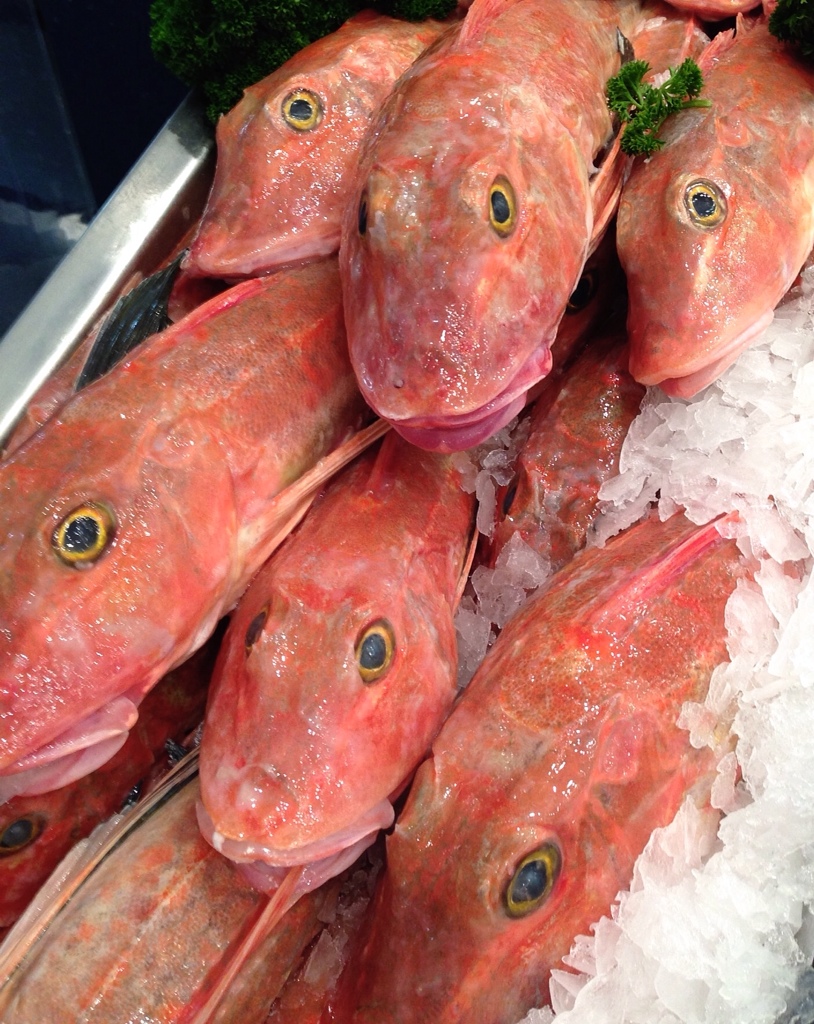
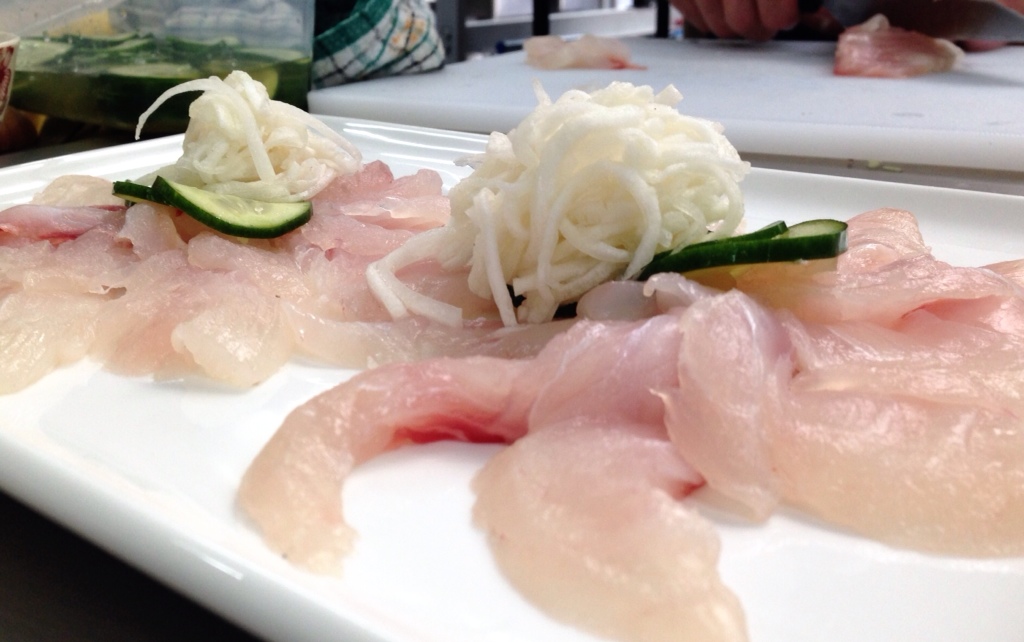
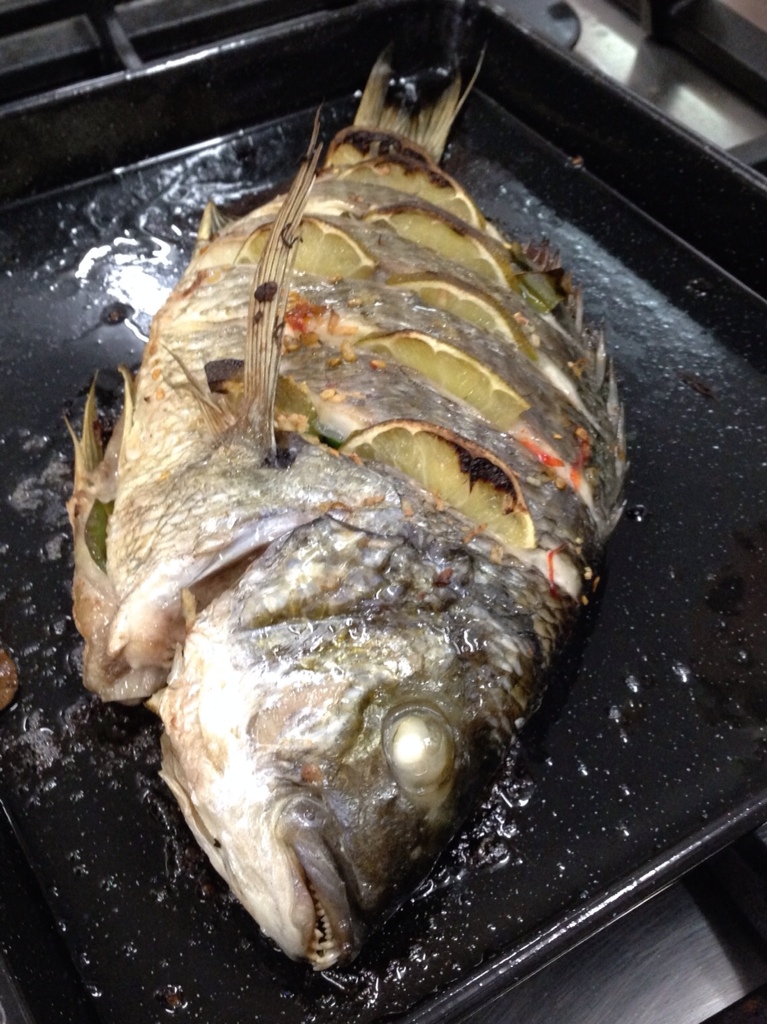
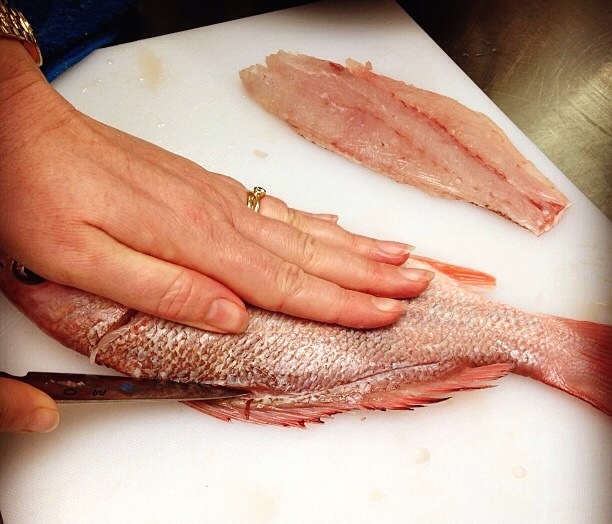
Thanks very much for putting these posts up. I am very interested in doing this course, it all looks fantastic! Do you have an idea what you might do after you finish?
Thanks again 🙂
Megan
Hi Megan. I am glad you are enjoying the posts. It truly is a fantastic course. I personally am looking to teach cooking classes when I finish, but within my group there is a wide range of people that wish to do a variety of things. These include establishing their own cafes or food vans, health coaching and a couple of nutritionists that have done the course to expand their knowledge and what they can offer their clients. One student is interested in writing a book. It truly is a very intensive course but I feel I have learnt so much to date, and I have a few weeks to go 🙂